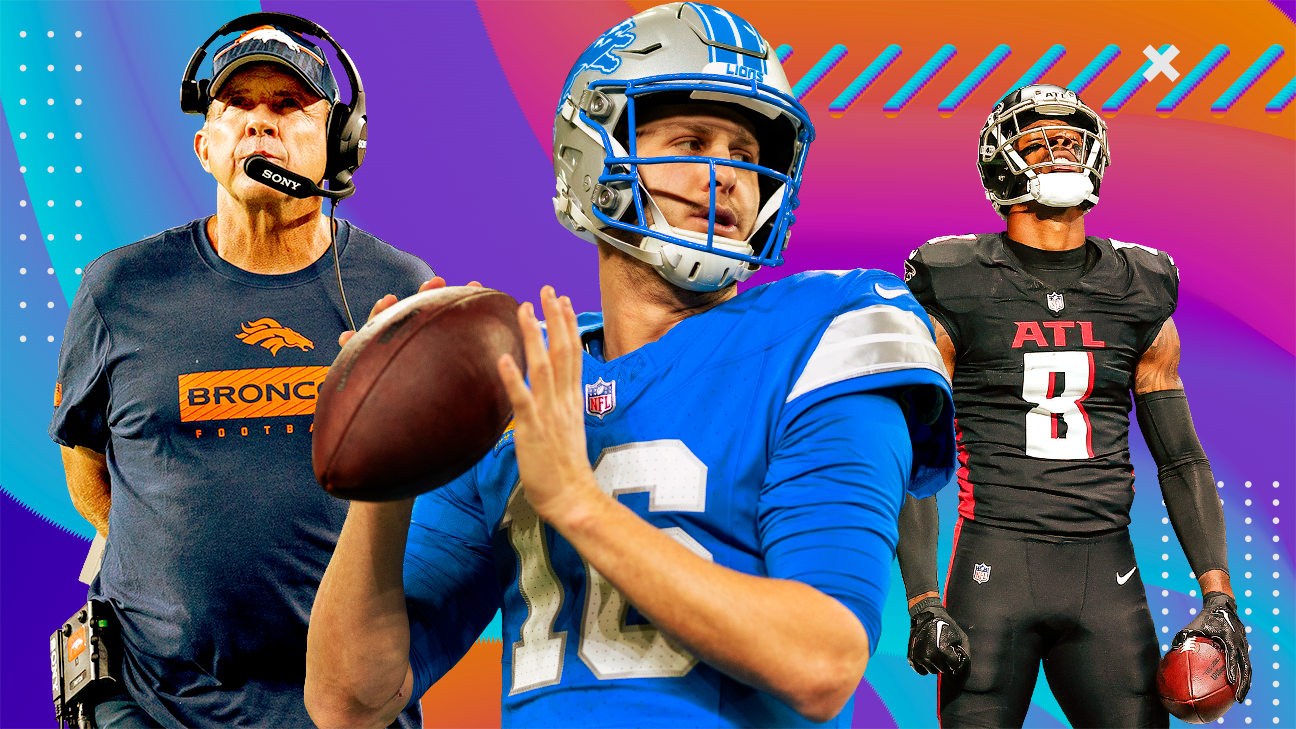How Walmart’s retail media network is expanding with in-store radio ads and sampling
Ads on the retail giant's in-store radio network and integration of store sampling with e-commerce are in beta tests.

Walmart Connect, which has made huge gains in recent years through digital advertising, is testing ways to bolster in-store pieces of its retail media network.
For the first time, Walmart Connect is selling ads on its revamped in-store radio network and integrating sampling programs with online offerings. While aspects of Walmart Connect’s expanded in-store footprint have been tried and marketed to advertisers before, it's an upgrade from what the retail behemoth has done historically.
Walmart Connect has been growing fast as of late, largely on the strength of its digital offerings, becoming a $2.7 billion global business last year and growing by more than 30% last quarter. Walmart is on track to become a top 20 global media company this year with around $3.5 billion in revenue, said Brian Wieser of the Madison and Wall consultancy.
Recent news: Walmart Connect names creative agency partners
In-store advertising, particularly radio, could become a major new component. Seth Dallaire, chief revenue officer of Walmart Connect, is seeing interest in “ways that we allow brands to speak to consumers while they’re shopping, though they’re not as developed yet,” he said during an analyst question-and-answer session last week.
Some growth, he said, has come from brands looking to defend against consumers switching to private-label alternatives amid rising prices. He said Walmart Connect also has expanded its advertiser base of late as it switched to a second-price auction format from a first-price auction. “Essentially things reset at a lower price,” he said.
Biggest U.S. radio network?
Radio ads bring another dimension to Walmart Connect as some big advertisers, notably Procter & Gamble Co., have been stepping up radio spending as a way of reaching people who are no longer watching linear TV networks. Conventional radio is poised to surpass linear TV in overall U.S. audience given the latter’s decline, per Nielsen data, and Walmart Radio takes reach a step further. The retailer gets more than 140 million people weekly through its stores and 90% of the U.S. to visit at least once a year, which potentially beats the combined reach of all conventional radio and streaming audio network options in the U.S.
More news: Inside Dollar General’s retail media network
The revamped audio was featured during a tour of a Walmart store in Elm Springs, Arkansas, one of the retailer's showcase locations, last week during Walmart’s Shareholders and Associates Week. The new audio offering being beta tested at the store was clearly audible, certainly unskippable and sounded very much like a conventional FM drivetime show, with Coca-Cola Co. and T-Mobile as initial advertisers. Walmart associates can make requests or do shoutouts by calling a phone number or posting on @WalmartWorld social channels.
Radio isn’t new at Walmart, even if selling ads into it is. Walmart Radio started in the early 1990s and evolved to include regular news segments, live shows and popular music. The current version includes full-time DJs who are Walmart associates chosen in part through video entries in a nationwide search, broadcasting live shows and music.
Overcoming past miscues
The idea is to create in-store advertising that works better for advertisers, in part because it doesn’t annoy employees or shoppers.
In an interview, Whitney Cooper, head of omnichannel transformation and commercialization for Walmart Connect, acknowledged the repetitive nature of Walmart Radio in the past sometimes drove employees a little crazy and that a prior generation of Walmart TV, which embedded screens in endcap displays, didn’t get much customer attention or traction with suppliers. Bentonville, Arkansas-based Walmart now has a TV wall with more conventional supplier ads running on screens in its electronics department.
“We’re really being careful about the customer experience,” said Ryan Mayward, senior VP of sales of Walmart Connect.
One supplier representative based in Northwest Arkansas, who spoke on a condition of anonymity, gave the new iteration of Walmart Radio high marks for improving on what existed. But he remains skeptical about ads on it, noting that the radio may be missed by moms focused on wrangling kids through stores or people listening to their own audio with earbuds.
That level of distraction, though, may not be far from what people experience listening to the radio while driving. The goal for Walmart Radio is to create a far-reaching awareness-building option, rather than immediately driving in-store sales. Cooper believes non-endemic advertisers (those that don’t have brands on sale in stores) could become interested. She said some political campaigns already have inquired, but added, “that’s a hard no.”
Related: A guide to retail media networks
Integrating sampling and digital
While Walmart has long had sampling programs in stores, it’s also testing ways of operating them in-house and integrating them into digital campaigns. It’s starting with a pilot now in 120 stores each weekend, with a target of hitting 1,000 by year-end. Among ways the retailer is looking to bridge the physical and digital is by putting prominent QR codes alongside in-store demo carts, linking back to product pages where people can assemble items on display from different departments in their online carts. Some of the joint displays are brand-specific while others are built around seasonal concepts, such as summer grilling.
Walmart is also integrating sampling into e-commerce delivery, building a program that offers sample bags with some pickup or delivery orders. Those samples can be targeted to stores, regions or shoppers based on advertiser needs.
One difference between Walmart’s in-store media and conventional media, even when it does focus more on awareness building than immediate sales, as in the case of radio, is that ads can be targeted and performance tracked based on store sales.
“We want to bring everything we know about advertisers’ sales volume at the store level across the country to bear on the media buy,” Mayward said. “So it doesn’t have to be always on all the time at every store, but there may be some stores where you need to shore up sales, and we’re going to bring a digital media approach to finding those stores and creating an activation.”

 Hollif
Hollif 































